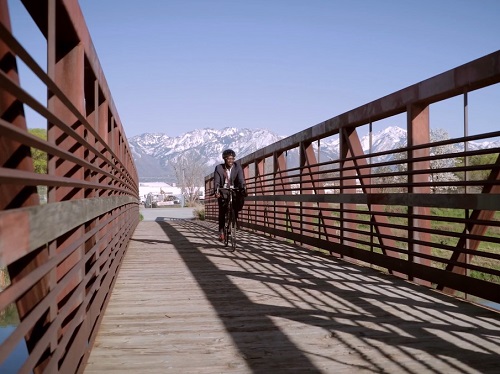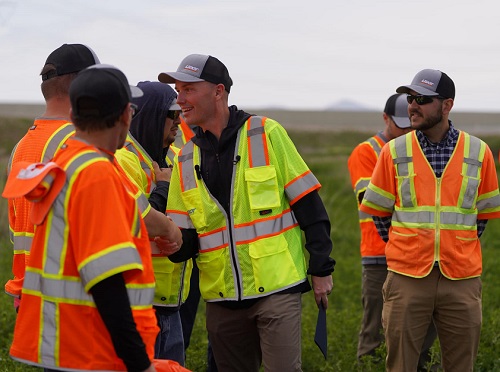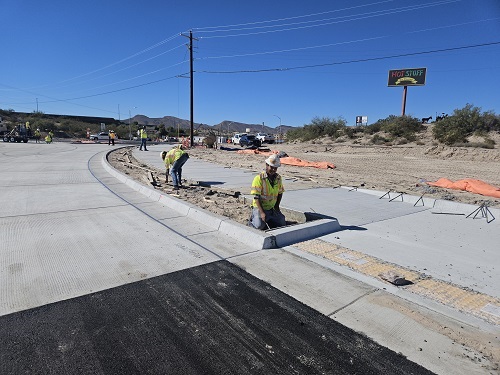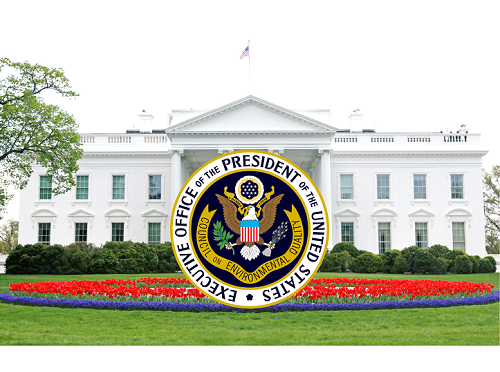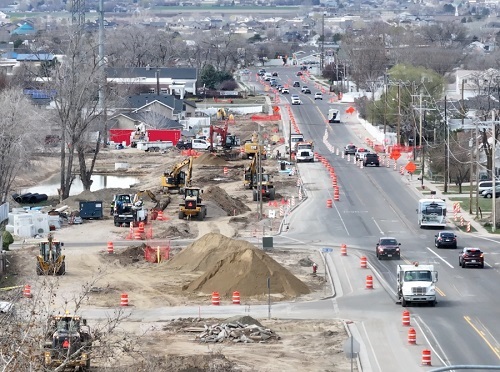FEDERAL ACTION
Federal Judge Signs Off on $600M Ohio Train Derailment Settlement –AP
51% of Americans Support a Mileage Fee if the Rate Varies by How Much the Vehicle Pollutes -Mineta Transportation Institute
US study establishes the costs benefits of electric school buses -Air Quality News
How airlines are working to create sustainable fuel to reduce aviation’s carbon footprint -PBS News Hour
FTA Administration Announces Nearly $10.5 Million Funding Opportunity to Plan Housing Near Transit -FTA (media release)
INFRASTRUCTURE RESILIENCE AND SUSTAINABILITY
Garden City panel slams brakes on project backed by Federal Highway Administration –Savannah Morning News
EVs now beat rail as the largest electricity consumer in the US transport sector –Electrek
Six Reasons Cities Should be Designed for Micromobility -The Weekly Journal (opinion)
Maine Governor Signs Executive Order to Establish Commission on Infrastructure Rebuilding and Resilience -Maine Governor’s Office (media release)
AIR QUALITY
Montgomery County, Md., releases Zero Emission Bus Transition Plan -Mass Transit
New Hampshire Plan Aims To Improve Public Transit, Cut Emissions -Granite State News Cooperative
Some Cities Are Actually Cutting Transportation Emissions. Here’s How. -Governing (opinion)
ENVIRONMENTAL JUSTICE/EQUITY
Philadelphia Infrastructure to Flourish with USDOT’s Thriving Communities Program Support –Hoodline
NATURAL RESOURCES
North Carolina governor vetoes transportation bill that would have led to a loss of more trees, native plants -NC Newsline
Measuring pollution levels in the Port of Baltimore after the bridge collapse -NOAA Research
CULTURAL RESOURCES
Curbs in Hoboken, N.J., Get Ready to Be ‘Reimagined’ -Government Technology
Discover the Joy of Downtown’s Walkable Neighborhoods -Move Minneapolis (webinar)
HEALTH AND HUMAN ENVIRONMENT/ACTIVE TRANSPORTATION
Dayton installs hostile landscaping by transit hub to curtail loitering, incivility -Dayton Daily News
Boston plans to add 10 miles of bike lanes over next year -WCVB-TV
Bikeshare Beat: Ridership surges in April -Greater Greater Washington
Bicycling grew more in Chicago than in any other major American city in the last five years –Momentum
FEDERAL REGISTER NOTICES
Notice of Solicitation of Applications for Stakeholder Representative Members of the Missouri River Recovery Implementation Committee -U.S. Army Corps of Engineers (Notice)
Investigation Into Conditions Affecting United States Carriers in Connection With Canadian Ballast Water Regulation in the United States/Canada Great Lakes Trade -Federal Maritime Commission (Notice of investigation and request for comments)
Adequacy Status of the New Jersey Portion of the New York-Northern New Jersey-Long Island and Pennsylvania- Delaware Areas Submitted PM 2.5 Limited Maintenance Plan, 2006 24 Hour PM2.5 Maintenance Area -EPA (Notice of adequacy)
FY 2024 Competitive Funding Opportunity: Pilot Program for Transit-Oriented Development Planning –FTA (Notice)
Evaluation of Wisconsin Coastal Management Program; Notice of Public Meeting; Request for Comments -NOAA (Notice)
Safety Zone; Hurricanes, Tropical Storms, and Other Storms With High Winds; Captain of the Port Zone Sector Delaware Bay -Coast Guard (Notice of proposed rulemaking)
Solicitation for Applications for Advisory Councils Established Pursuant to the National Marine Sanctuaries Act and Executive Order -Office of National Marine Sanctuaries (Notice of solicitation)
Land Acquisition Nomination and Ranking Process for Funds Made Available Through the Federal Land Transaction Facilitation Act Reauthorization of 2018 -Bureau of Land Management (Notice)


